Increasing Incidence of PID
The rising incidence of Pelvic Inflammatory Disease (PID) is a primary driver for the Pelvic Inflammatory Disease PID Treatment Market. Studies indicate that PID affects millions of women annually, with estimates suggesting that approximately 1 million cases are reported each year. This increasing prevalence is attributed to factors such as sexually transmitted infections, which are known to be a significant cause of PID. As awareness of the condition grows, more women are seeking treatment, thereby expanding the market. Furthermore, the potential complications associated with untreated PID, including infertility and chronic pelvic pain, underscore the necessity for effective treatment options. Consequently, healthcare providers are focusing on developing innovative therapies and improving access to care, which is likely to further stimulate the market for PID treatments.
Growing Focus on Women's Health
The growing focus on women's health is a significant driver for the Pelvic Inflammatory Disease PID Treatment Market. As healthcare systems worldwide increasingly prioritize women's health issues, there is a heightened awareness of conditions like PID. This shift is reflected in the allocation of resources towards research and development of targeted treatments. Moreover, public health campaigns aimed at educating women about reproductive health are gaining traction, which may lead to earlier diagnosis and treatment of PID. The market is projected to expand as healthcare providers respond to this demand by offering more comprehensive treatment options. Additionally, the increasing number of women seeking preventive care and regular check-ups is likely to contribute to the growth of the PID treatment market.
Advancements in Diagnostic Techniques
Advancements in diagnostic techniques are significantly influencing the Pelvic Inflammatory Disease PID Treatment Market. Enhanced diagnostic tools, such as nucleic acid amplification tests and advanced imaging technologies, have improved the accuracy and speed of PID diagnosis. This has led to earlier detection and treatment, which is crucial for preventing long-term complications. The market for PID treatments is expected to grow as healthcare providers increasingly adopt these advanced diagnostic methods. According to recent data, the adoption of rapid diagnostic tests has increased by over 30% in the past few years, indicating a shift towards more efficient healthcare practices. As a result, the demand for effective treatment options is likely to rise, further propelling the growth of the PID treatment market.
Emergence of Novel Therapeutic Options
The emergence of novel therapeutic options is poised to reshape the Pelvic Inflammatory Disease PID Treatment Market. Recent developments in pharmacotherapy, including the introduction of new antibiotics and combination therapies, are enhancing treatment efficacy. These innovations are particularly important given the rising concern over antibiotic resistance, which has made traditional treatments less effective. The market is likely to benefit from the introduction of these advanced therapeutic options, as they offer improved outcomes for patients with PID. Additionally, ongoing clinical trials and research into alternative treatment modalities, such as immunotherapy, may further expand the range of available options. As these novel therapies gain regulatory approval, they are expected to drive growth in the PID treatment market.
Rising Investment in Healthcare Infrastructure
Rising investment in healthcare infrastructure is another critical driver for the Pelvic Inflammatory Disease PID Treatment Market. Governments and private entities are increasingly investing in healthcare facilities and services, particularly in regions with high rates of PID. This investment is aimed at improving access to healthcare and enhancing the quality of treatment available for PID. As healthcare systems expand, the availability of specialized services for women's reproductive health is likely to increase. Furthermore, the establishment of dedicated clinics and treatment centers for PID is expected to facilitate better patient outcomes. The market for PID treatments is anticipated to grow as these investments translate into improved healthcare delivery and increased patient awareness.


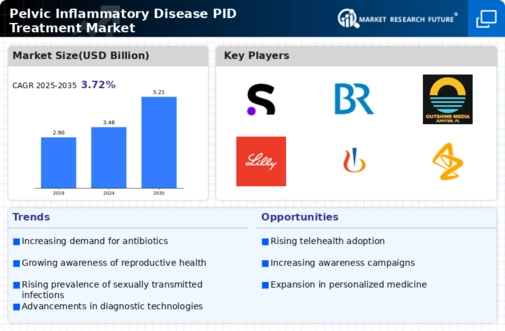
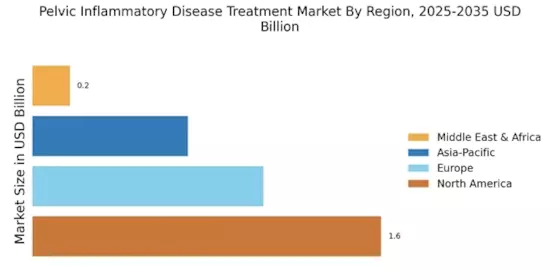
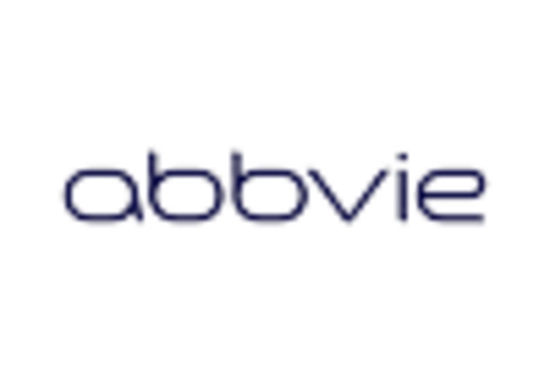
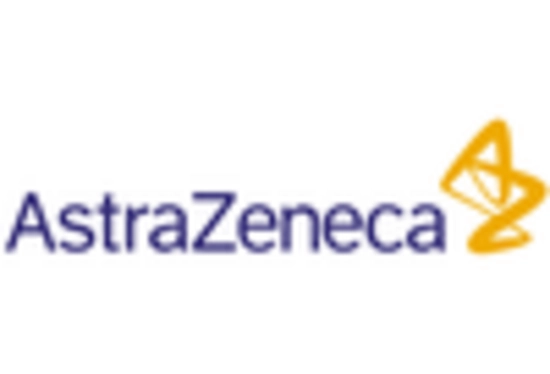

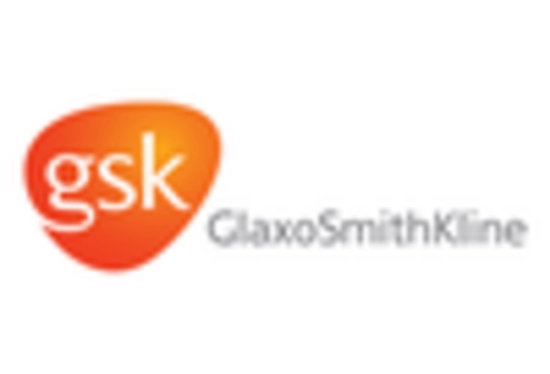










Leave a Comment